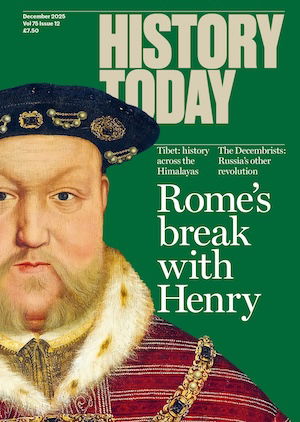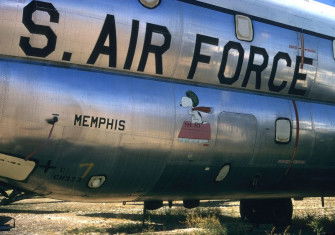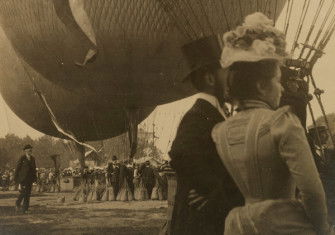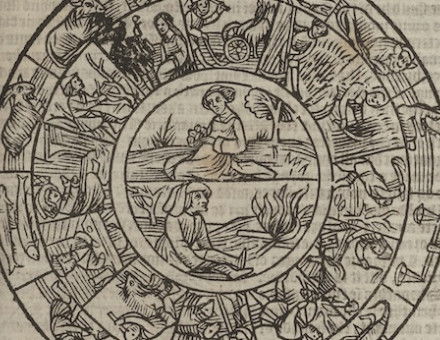‘The Big Hop’ by David Rooney review
Long overshadowed by Lindbergh, The Big Hop: The First Non-Stop Flight Across the Atlantic and Into the Future by David Rooney returns Alcock and Brown to aviation's top flight.
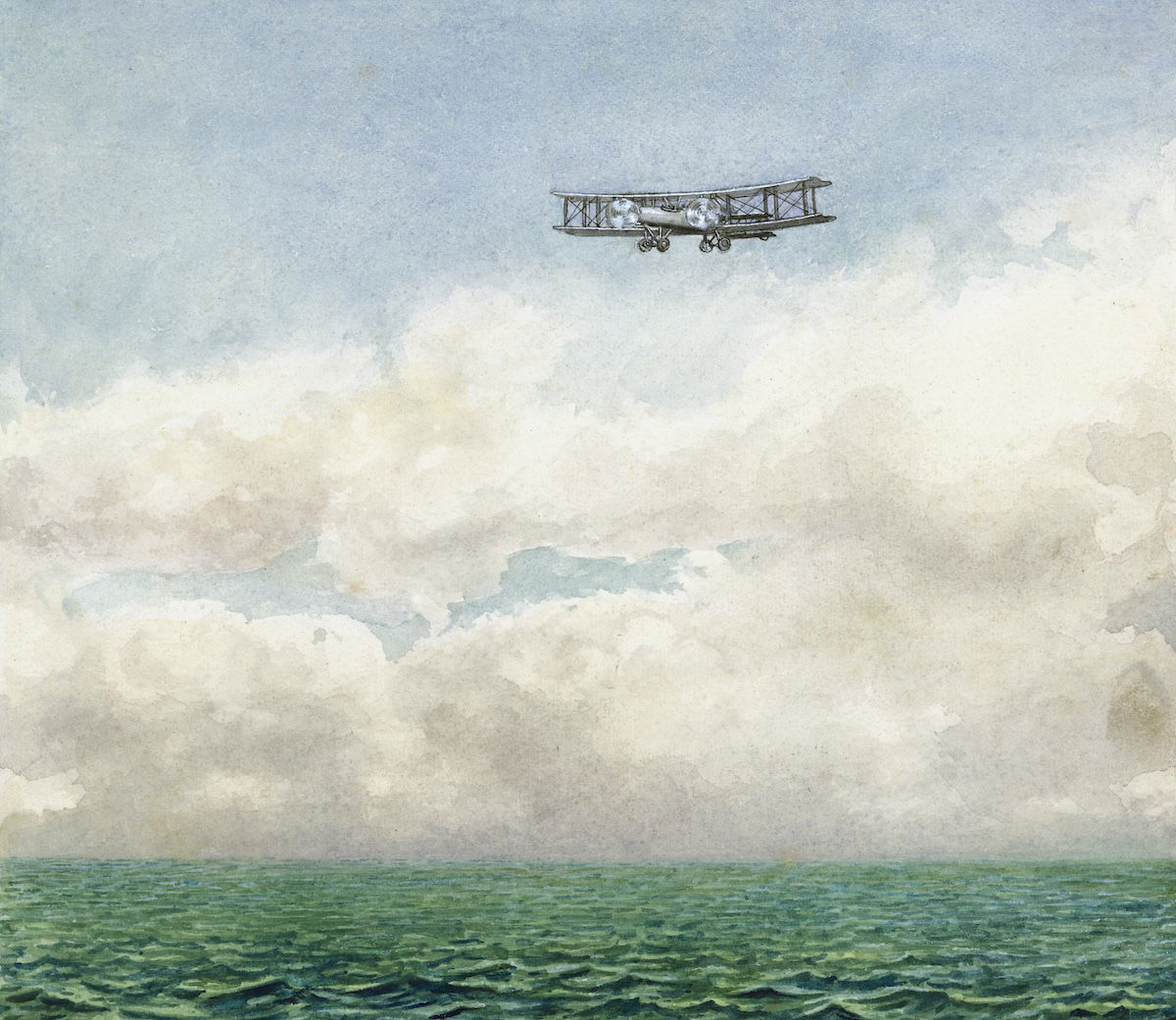
The names ‘Alcock’ and ‘Brown’ – when appearing together – have faded so far from public awareness that they are most likely to appear as the unexpected answer to a trivia question about the identity of the first persons to fly across the Atlantic. As David Rooney writes in The Big Hop, many people assume the answer is Charles Lindbergh, who became the first to make the crossing solo when he flew from New York to Paris in 1927.
Probably the main reason Captain Jack Alcock and Lieutenant Arthur Whitten Brown’s crossing in 1919 has been forgotten is that their journey did not prove to be the start of a brave new world of flying. It would be eight years before newspapers used the term ‘Atlantic Fever’ to describe public interest in crossing the ocean by plane, propelled by a growing belief that the future of aviation lay with heavier-than-air machines, rather than airships or balloons.
Alcock and Brown – and three rival teams – took on the crossing in 1919 because a set of circumstances converged to persuade pilots and manufacturers that the time was right. The First World War had shown that planes could play a key part in an armed conflict, but when the war ended pilots found themselves jobless. Aircraft makers including Sopwith, Handley Page, and Vickers – manufacturers of the Vickers Vimy, the heavy bomber in which the successful pair flew – faced empty order books. In 1913 Lord Northcliffe, owner of the Daily Mail, had offered a prize of £10,000 for the first plane to cross the ocean non-stop within 72 hours. The prize was suspended at the outbreak of war before anyone had attempted the crossing, but by 1919 it was up for grabs again.
Originally 17 teams had hoped to compete, but accidents and mechanical issues meant that by June 1919, only four manufacturers remained: Handley Page, Sopwith, Martinsyde, and Vickers. Each of the teams who travelled to Newfoundland had close links to the armed services and most to what became the Royal Air Force in 1918. Alcock had flown with the Royal Naval Air Service in Turkey, where he took part in long-range bombing operations, and Brown with No. 2 Squadron Royal Flying Corps as an observer in France. The war offered pilots and navigators experience in some of the most challenging circumstances but also showed them the horror of what could happen when things went wrong.
Alcock, who had a thick Lancashire accent, was born in Manchester in 1892 to a coachman father and a mother who cleaned and served drinks at a local pub. The emerging motor industry offered employment and he ended up working as a mechanic at Brooklands in Surrey, where planes and cars were being developed with equal enthusiasm. Brown had also worked as an engineer in Manchester but was born in Glasgow in 1886 to American parents and was a US citizen. He felt truly ‘transatlantic’ and on his frequent crossings of the Atlantic by ship, either with his family or later as an engineer for British Westinghouse, he would visit the bridge to practise navigation by sun and stars.
The transfer of skills from different industries, whether coal mining or early motor cars, to aviation is an important factor in the development of flying. The pair’s triumphant Vickers Vimy plane was itself transformed from a bomber to an aircraft capable of conquering the Atlantic with the help of Annie Boultwood, who, having originally trained as a bookbinder, led a team of 300 women who sewed the heavy canvas onto the aircraft’s fuselage and its cat’s cradle of bracing wires and control cables.
Alcock and Brown were not the first team to leave Newfoundland when they set off from a field just outside St John’s on 14 June 1919, but they were the only plane to land on the other side of the ocean, in a bog near Clifden, County Galway, 15 hours and 57 minutes later. The Sopwith team, who had been the first to depart, were thought lost at sea but were eventually picked up a few miles off Ireland’s west coast. The Martinsyde team crashed on their first attempt and lost control of their plane shortly after takeoff on their second. After test flights in Newfoundland found problems with the Handley Page’s radiators the manufacturers ordered its crew to abandon their bid.
Rooney’s description of the crossing has all the panache of a Boy’s Own story but this presents its own structural challenge – that the journey itself risks overwhelming the whole book. Rooney avoids this by leaving the pair halfway across the Atlantic, just as the plane appears to be diving towards the waves, to double-back on each man’s experience as a prisoner of war. When Brown was captured after his plane crashed over northeast France, he was shot in the foot. Brown told a journalist he would never recover from the ordeal, but he used his captivity to study aerial navigation. His leg injury makes his repeated efforts to reach out of the cockpit to chip away with a pocketknife at ice forming on the petrol gauge somewhere over the Atlantic even more remarkable. A second flashback finds Alcock ditching a Handley Page bomber in Turkish waters and his subsequent time in a grim POW camp. It was there that he decided to attempt an Atlantic crossing.
Rooney has spent much of his working life at London’s Science Museum and does not attempt to hide his enthusiasm for Alcock and Brown’s achievement. Nor should he. Among the many arresting photos in The Big Hop, one of the ungainly Vimy in its final resting place in the museum is enough to show the enormity of their achievement. But while the pair were feted as heroes, their success did not mean that aviation’s moment had come. It would take flying circuses, usually run by wartime pilots, and the constant search for new records in speed, altitude, and distance to fix air travel in the public’s mind. When Lindbergh crossed the Atlantic in his sleek Spirit of St. Louis monoplane he heralded the future in a way that Alcock and Brown’s cumbersome open cockpit biplane could never manage. But Lindbergh always acknowledged the inspiration he took from the first Atlantic crossing.
-
The Big Hop: The First Non-Stop Flight Across the Atlantic and Into the Future
David Rooney
Chatto & Windus, 336pp, £22
Buy from bookshop.org (affiliate link)
Midge Gillies’ Atlantic Furies: The Women Who Risked Everything to Be the First to Fly is forthcoming with Scribe.

